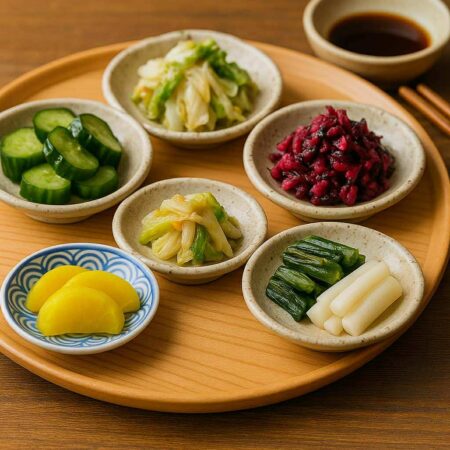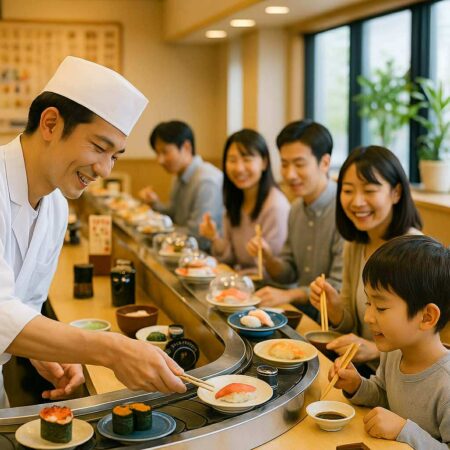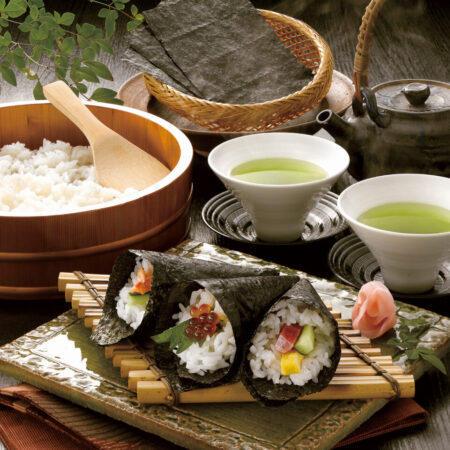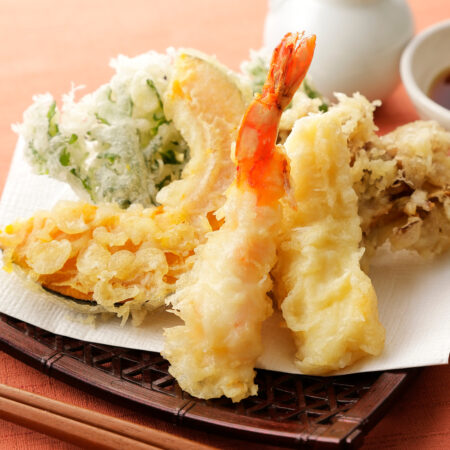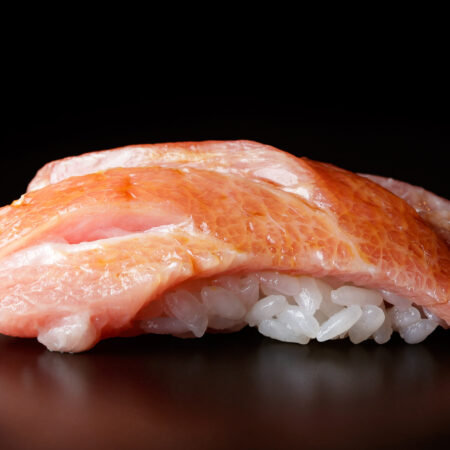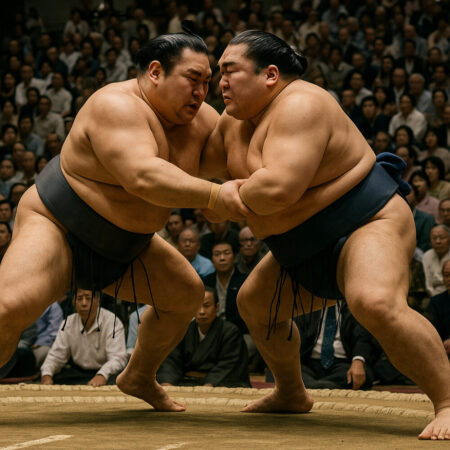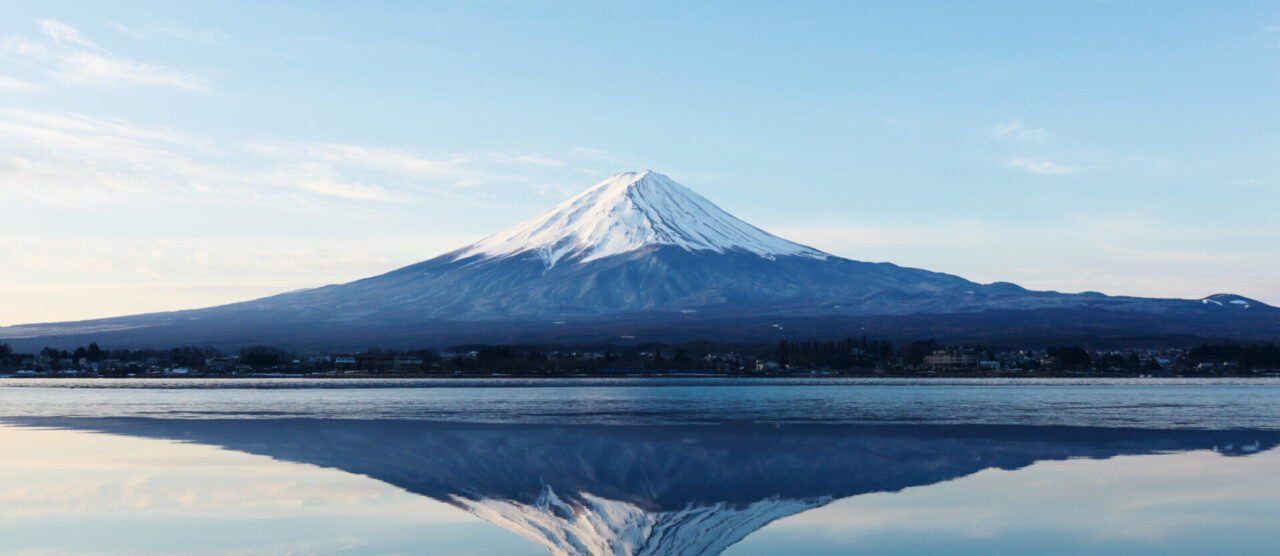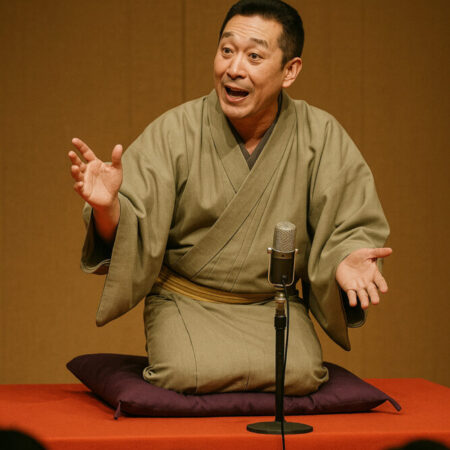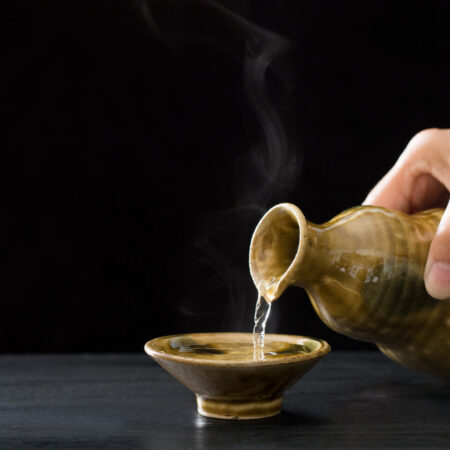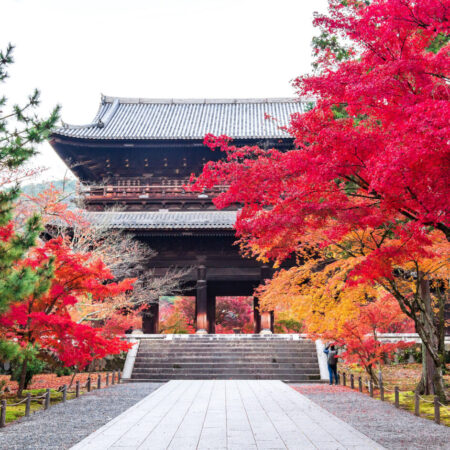”Junmai, Ginjo, Daiginjo…”: An Introduction to Sake
Sake is primarily made from water, rice, koji (rice mold), and yeast. The production process can take several months or even more than a year. Specifically, selected sake rice is first washed and then steamed. This is followed by the addition of koji mold to prepare for fermentation. It’s during this phase that koji and yeast transform sugars into alcohol. This fermentation process usually takes about a month, but for breweries that are particularly keen on flavor and quality, it might take longer. After the brewing is complete, the sake is pressed, and the fresh liquid is extracted. The sake then undergoes an aging process, further enhancing its flavor and aroma. This maturation period can vary from a few months to several years, depending on the brewery and type of sake. The method and characteristics of sake vary by type. For instance, Junmai sake is brewed only from rice and koji, while Ginjo and Daiginjo sakes are made from specially milled rice varieties and brewed slowly at lower temperatures, resulting in a fruity aroma and delicate flavor. The intricate process of sake production demands time and effort, contributing to its distinguished taste and fragrance.
Over 1,200 Captivating Breweries Nationwide
Sake is produced by approximately 1,200 to 1,300 breweries scattered across Japan (based on 2021 data). Each brewery boasts unique traditions, brewing methods, and regional characteristics, leading to a vast array of sake flavors and features. In snow-rich areas, for example, natural snow is used for cooling during the brewing process. In contrast, regions with specific water sources pride themselves on the purity of their water, which elevates the quality of the sake. These breweries reflect the geography, history, and techniques of their regions, giving their sake a distinctive local flavor. This diversity is undoubtedly one of the joys of enjoying sake.
Its Global Appeal
Sake, with its unique aroma and flavor, has garnered accolades in international competitions and is highly regarded worldwide. Known as “Sake” internationally, it’s served in numerous restaurants and bars abroad. Especially in the U.S. and Europe, premium sakes are gaining traction and are cherished during special occasions and dinners. Moreover, it’s drawing attention from chefs and sommeliers globally, leading to innovative pairings and culinary breakthroughs.
”Rivaling Wine and Beer!”: Sake’s International Harmony
Sake pairs exceptionally well with a plethora of ingredients and dishes. Several factors contribute to this. Firstly, the ‘umami’ in sake, enriched by its abundant amino acids, amplifies its harmony with food. Furthermore, with its moderate alcohol content compared to wine and beer, it accentuates the flavor of ingredients. The delicate flavors and aromas resulting from the production process, the yeast used, and the rice variety, complement, rather than overshadow, the characteristics of dishes. Particularly, fatty foods, like foie gras and roast beef, pair brilliantly with sake. The interaction between the fat from the food and the amino acids in the sake enhances the overall taste experience. From the rich sauces of French cuisine to the various stir-fries and fried dishes of Chinese cuisine, sake’s compatibility with international dishes is well-established.
The Profound Depth of Sake, Echoed in Every Sip
With the changing seasons, the way we enjoy sake, from fresh brews to aged varieties, from cold to warm, is infinite. Specially, there’s a unique joy in selecting sake based on the season or accompanying dishes, letting one immerse in the nuances of Japan’s seasonal shifts. Be it the refreshing new brew under spring’s cherry blossoms or the aged sake savored during autumn nights, or the warm sake that makes you forget winter’s chill, sake complements every scenario. Moreover, through its flavor, one can sense Japan’s beauty, history, and culture. With its roots deep in tradition yet continuously evolving with new techniques and ideas, sake offers a unique experience different from wine or beer. As a global culinary companion, the potential of sake is still expanding.




